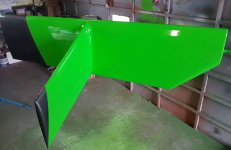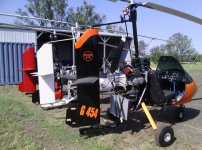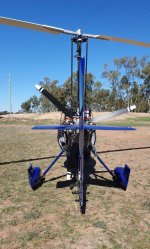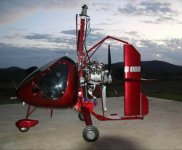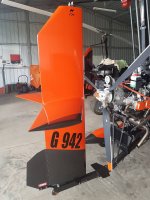Jean Claude
Junior Member
- Joined
- Jan 2, 2009
- Messages
- 2,599
- Location
- Centre FRANCE
- Aircraft
- I piloted gliders C800, Bijave, C 310, airplanes Piper J3 , PA 28, Jodel D117, DR 220, Cessna 150, C
- Total Flight Time
- About 500 h (FW + ultra light)
I wasn't talking about the value of the load to be supported, but about the method of construction. Using carbon fiber as black sheet metal is a great waste of work and money.
Carbon fiber allows great mass gain for the same load structure, but this requires much more thoughts.
Hence my overly brutal and simplistic terms of "stupid" and "smart".
I didn't mean to offend you, Jimmy.
Just to explain in a few words the possibilitys for best lighty and the reasons for failure.
Carbon fiber allows great mass gain for the same load structure, but this requires much more thoughts.
Hence my overly brutal and simplistic terms of "stupid" and "smart".
I didn't mean to offend you, Jimmy.
Just to explain in a few words the possibilitys for best lighty and the reasons for failure.


